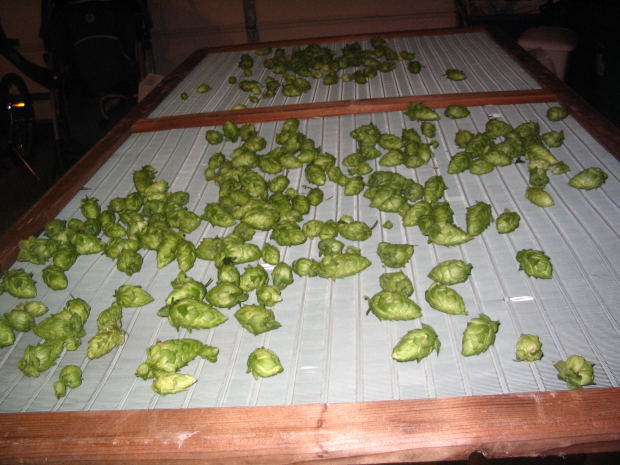 Loading... Please wait...
Loading... Please wait...Save Money. Grow Your Own!
Fast Plain Box Shipping.
We ship to the US & Canada.
Grow Your Own!
A Newbies Guide to Hydroponic Part 2: Germination
Posted on 30th Dec 2014
When you have a lot of your hydroponic gear thought out, and you're in the midst of installing reservoirs, tubing, lighting and everything else you need to make your plants grow, one of the next big steps is thinking about germination.
In a lot of cases, hydroponic gardeners choose to germinate their own seeds rather than buying seedlings. One reason is that germinating from seeds is much less expensive -- other reasons have to do with the particular setup of hydroponic systems, where transplanting seedlings can be difficult.

Germination Methods
Hydroponic growers can choose to germinate seeds in plant pots, or to germinate them in soil and move them into hydroponics gardens as they sprout. They can also choose alternative methods like the damp paper towel method -- here you simply wrap seeds by placing them between two damp layers of paper towels. This seeds still have access to light as they sprout and this can be a basic, controllable method of germination.
Plant Media
Another aspect of germination is having good sterile plant media environments ready for germinating seeds. Growers use specific items like coco coir, rockwool, vermiculite, perlite, clay pellets and other kinds of specialized grow materials to get plants situated so that their roots will be able to soak up hydroponic water. The specific material choices have to do with the type of hydroponics, for example, deep water culture, ebb and flow etc., as well as the type of crop and the tape of drainage that's needed.
Cultivating Clones
Another issue with germination and growing very young plants is that a lot of growers choose to make cuttings from maturing plants, to use as new plants in a process they call ‘cloning.’
Clones are thrown into a hydroponic environment without the resources that more mature plants have. They don't have developed root systems, and they’re dealing with the physical trauma of being transplanted.
As a result, growers may need to develop specific methods for clones. They may need certain types of foliar feeding or other types of nourishment. Growers can take advantage of multi-stage grow boxes to get one environment for clones and another for more mature plants.
As your plants sprout and grow, you get into the next phases of hydroponic gardening which we’ll talk about in subsequent posts. Take a look and see how modern equipment retailers can help outfit you to achieve your hydroponic dreams.
